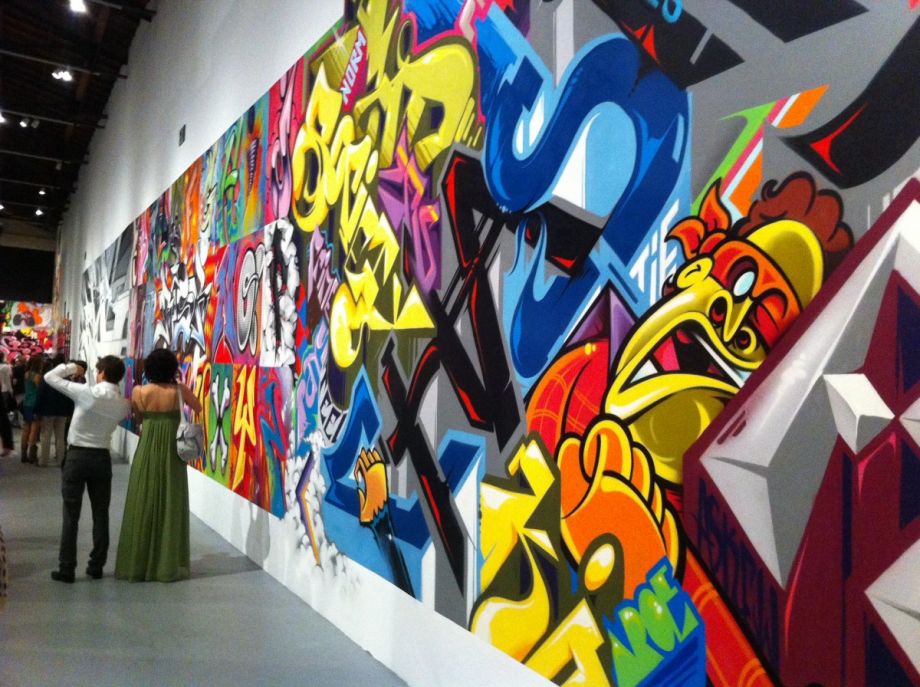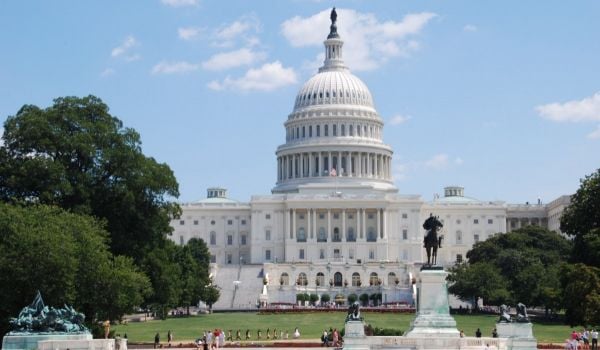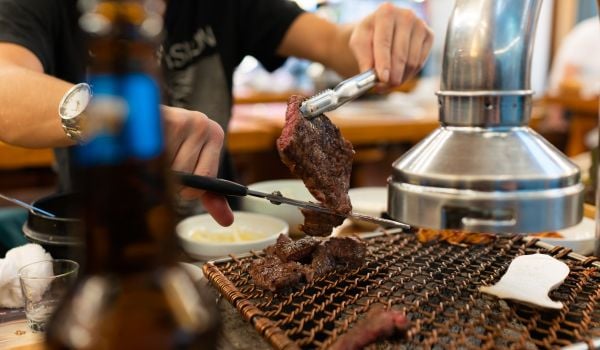Even if the penetration of unions in the US is roughly half what it was 35 years ago, labor organizing is alive and well. The Pew Research Center reported that three quarters of adults between age 18 and 29 view labor unions favorably, perhaps because millennials face more income inequality than previous generations. High-profile battles over wages such as the US Women’s National Soccer Team’s fight for equal pay, have also brought attention to workplace exploitation. The art world isn’t an arena many think of when it comes to these struggles, yet striking museum workers are just one indication that the rarified world of art has also taken to the streets for better conditions. For more than ten years, Working Artists and the Greater Economy, W.A.G.E., has been a key player in the tussle for equitable pay. Now, W.A.G.E. has released an analysis of its certification program, which launched five years ago.
A “W.A.G.E. certified” arts organization is one that agrees arts to pay artists a minimum fee. W.A.G.E.’s website offers a calculator to show what certified organizations should be paying as a baseline for programs ranging from a solo exhibition to an existing talk or a newly commissioned text. The fees are calculated based on the organization’s total annual operating expenses. So, for example, the Los Angeles Museum of Contemporary Art (MOCA), which had expenses in 2017 of $20 million, should pay a solo exhibitor a minimum fee of $10,000 in order to be W.A.G.E. Certified.
Lise Soskolne, W.A.G.E.’s co-founder, says there were questions about how W.A.G.E.’s efforts would affect artists. “What happens when you introduce a minimum standard into a field that doesn’t have any standards?” she asks. Ordinarily, Soskolne says, artists get paid based on what their status and social capital will bring in. So, she wondered: “Is that minimum going to drive wages down? Because institutions could use that minimum to justify not paying more.”
The analysis found that the opposite happened. Nearly 70 percent of W.A.G.E.-certified organizations are exceeding the minimum payment.
W.A.G.E.’s second pillar is WAGENCY, a platform that allows artists to search a database of non-W.A.G.E.-certified institutions’ tax records to determine what an appropriate fee should be. Artists pay a five-dollar monthly fee to access the database and can develop a fee request. That is, artists can see what the minimum fee is according to W.A.G.E.’s calculation method and then decide if they want to request that amount or more.
The negotiating process begins when W.A.G.E. sends a fee request on the artist’s behalf to the arts institution. At that point, the institution can either accept the request or negotiate with the artist. An artist that either obtains the suggested minimum W.A.G.E. fee or withholds their labor because that fee wasn’t met becomes a certified WAGENT.
“Artists are essentially acting as contractors who decide for themselves what their rates are, then basically bid on a contract, rather than waiting for institutions to offer them arbitrary fees,” Soskolne says. The artist must begin negotiations requesting at least the W.A.G.E. minimum fee, but they can accept a lower rate if they choose. However, the artist won’t be certified as a WAGENT in that case.
Alan Ruiz used this process when he was discussing an installation at the 1708 Gallery in Richmond, VA. Ruiz says that being a WAGENT signifies the agency that individual artists have. “The art world is incredibly individualistic, and the art world is obviously very market driven,” Ruiz says. “It’s this ripe site for exploitation.”
“There’s the expectation in the art world of doing things for lax forms of payment or no payment at all,” Ruiz says.
For Ruiz, being a WAGENT is a “sign of solidarity.” And, he says it has “shifted” his practice. The installation he exhibited at the 1708 Gallery explored “the history of infrastructure in Richmond as it relates to institutionalized racism and various forms of violence,” Ruiz says. He made the gallery’s W.A.G.E. certification a prerequisite for exhibiting there. It became the first place in Richmond to get certified. In this sense, for Ruiz, this intervention will live beyond his exhibit by affecting other artists.
Park Myers, who manages the 1708 Gallery, says this demand “synced up well with the direction the gallery was going and its own history.” The gallery was founded 40 years ago by Richmond-area artists.
W.A.G.E. certification also sends a signal about an institution’s mission, says Robert Chaney, the Director of Curatorial Affairs at the University of Pennsylvania’s Institute of Contemporary Art. Chaney says the museum’s W.A.G.E. certification is one reason people want to work there. “I didn’t anticipate as much attention and positive feedback as we’ve had,” Chaney says. Chaney handles the museum’s budget, and he says that before signing up for certification, ICA considered whether it would be feasible over the long-term.
“The mission here is to compensate artists for their work in their career, just like it if you wanted to compare it to a trade like a plumber or a lawyer,” Chaney says. “You’re not just paying for the actual time they’re giving you for a particular project. You’re also paying for all the training and work that they’ve put into this to get to this point.” Chaney also sees W.A.G.E. as providing a tool to support an “important aspect of our community in this country.”
For Soskolne, these considerations speak to a broader question about where to put pressure in order to produce a visible shift in artists’ working conditions. “The question was whether the shift was going to come about through a kind of sudden tipping point when a big museum got certified or whether it would be more of a groundswell,” she says.
Soskolne says that W.A.G.E. and WAGENCY don’t really fit into the traditional class-struggle paradigm because the art world has so much crossover. For this reason, W.A.G.E. is open to anyone who wants to use W.A.G.E. standards. However, she also acknowledges that some large institutions could use the certification to “W.A.G.E wash” their practices. This, she says, allows them “to paper over other forms of injustice and inequity that they’re involved with.”
“It’s virtue signaling, to a certain extent,” she says. “Unpaid internships are an example.”
In contrast, she says, small organizations “are always already closer to the needs of the lives of artists because often they’re founded and run by artists,” Soskolne says. In this sense, she says that W.A.G.E.’s work developing relationships with smaller institutions is “movement building.”
“There’s been a lot of effort to reform museums,” Soskolne says. In contrast, she says, W.A.G.E. is about self-determination. “Why are we looking to museums to represent us? We can represent ourselves. This is what self-organization, to me, is about.”
EDITOR’S NOTE: We’ve corrected Lise Soskolne’s title in this article. We also adjusted a paraphrase of a Soskolne quote to clarify that she believes that a large institution could “WAGEwash,” not that one has in the past.

Zoe Sullivan is a multimedia journalist and visual artist with experience on the U.S. Gulf Coast, Argentina, Brazil, and Kenya. Her radio work has appeared on outlets such as BBC, Marketplace, Radio France International, Free Speech Radio News and DW. Her writing has appeared on outlets such as The Guardian, Al Jazeera America and The Crisis.
Follow Zoe .(JavaScript must be enabled to view this email address)
















